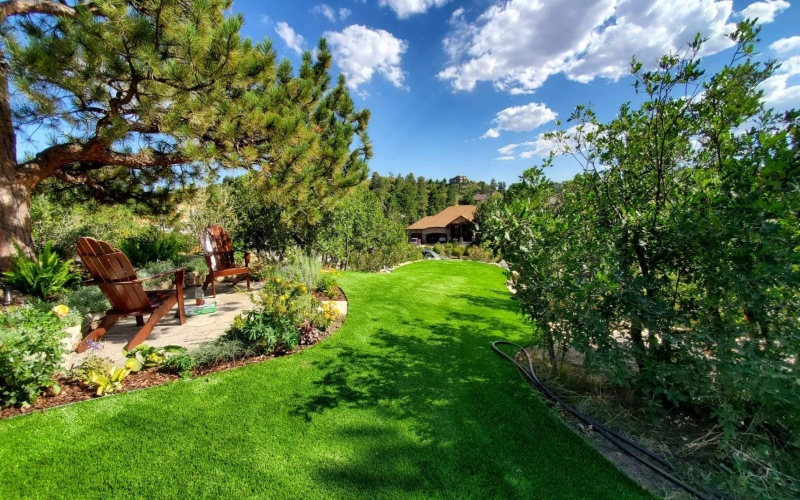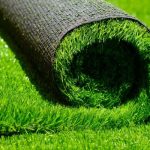Artificial turf, with its lush green appearance and low maintenance requirements, has become a popular choice for homeowners, sports facilities, and commercial properties. While it’s true that artificial turf requires less upkeep than natural grass, it’s a misconception that it’s completely maintenance-free. Understanding how to care for artificial turf is essential to keep it looking its best for years to come. In this blog article, we’ll delve into the essential steps and tips for maintaining your artificial turf effectively.
Understanding Artificial Turf
Before jumping into maintenance, it’s important to understand what artificial turf is. Composed of synthetic fibers that mimic the look of natural grass, artificial turf was initially used in sports arenas but has since gained popularity for residential and commercial landscaping due to its durability and aesthetic appeal.
Regular Cleaning
The first step in how to care for artificial turf is regular cleaning. This involves removing debris such as leaves, twigs, and trash that can accumulate on the surface. A leaf blower or a plastic rake can be effective tools for this purpose. Avoid using metal rakes as they can damage the fibers.
Dealing with Spills and Stains
Spills and stains are inevitable, especially in areas where food and drinks are consumed. The key is to act quickly. Most spills can be cleaned with water and a mild detergent. For tougher stains like oil or ink, specialized turf cleaners are available. Always test cleaners on a small, inconspicuous area first to ensure they don’t damage the turf.
Brushing the Turf
To keep your artificial turf looking fresh and upright, regular brushing is recommended. Use a brush with synthetic bristles and gently brush against the grain of the turf. This helps to keep the fibers upright and maintain the natural look of the grass.
Managing Pet Waste
For pet owners, it’s important to address pet waste promptly. Solid waste should be removed, and the area hosed down. For urine, regular watering is usually sufficient to prevent odors. There are also enzyme-based cleaners available that are designed specifically for artificial turf.
Weed Control
Although weeds cannot grow through high-quality artificial turf, they can sprout along the edges or through drainage holes. Regularly inspect your turf and remove weeds as soon as they appear. If necessary, a water-based weed killer can be used, but it’s important to ensure it’s safe for use on artificial turf.
Addressing Flattened Areas
High-traffic areas can become flattened over time. To revive these areas, simply brush the turf more vigorously in these spots. For stubbornly flat areas, lightly sprinkling the area with sand and then brushing can help the fibers stand upright again.
Avoiding Heat Damage
Artificial turf can get hot in direct sunlight and can melt if it comes into contact with very hot items, such as barbecue grills or fireworks. Position such items away from your turf and consider installing shade structures to reduce heat buildup.
Annual Deep Cleaning
In addition to regular maintenance, an annual deep clean is beneficial. This can involve a more thorough brushing, deeper cleaning of stains, and checking the turf for any signs of wear and tear. Professional cleaning services are also available for this purpose.
Professional Inspections and Repairs
Finally, consider having your artificial turf professionally inspected and repaired as needed. Professionals can address issues such as seam tears, flattening, and drainage problems, ensuring your turf remains in top condition.
In summary, the key to a well-maintained artificial turf lies in regular but simple upkeep tasks. By incorporating these maintenance tips into your routine, you not only extend the lifespan of your turf but also ensure it remains a lush and inviting part of your outdoor space. Remember, the beauty of artificial turf is in its ease of care and its ability to withstand various weather conditions with minimal upkeep compared to natural grass.
Moreover, understanding and implementing these care tips empowers you to tackle common challenges like stains, flat spots, and weed control effectively. Whether you’re a homeowner, a sports facility manager, or a business owner, these insights into how to care for artificial turf are invaluable for maintaining an aesthetically pleasing and functional space.





